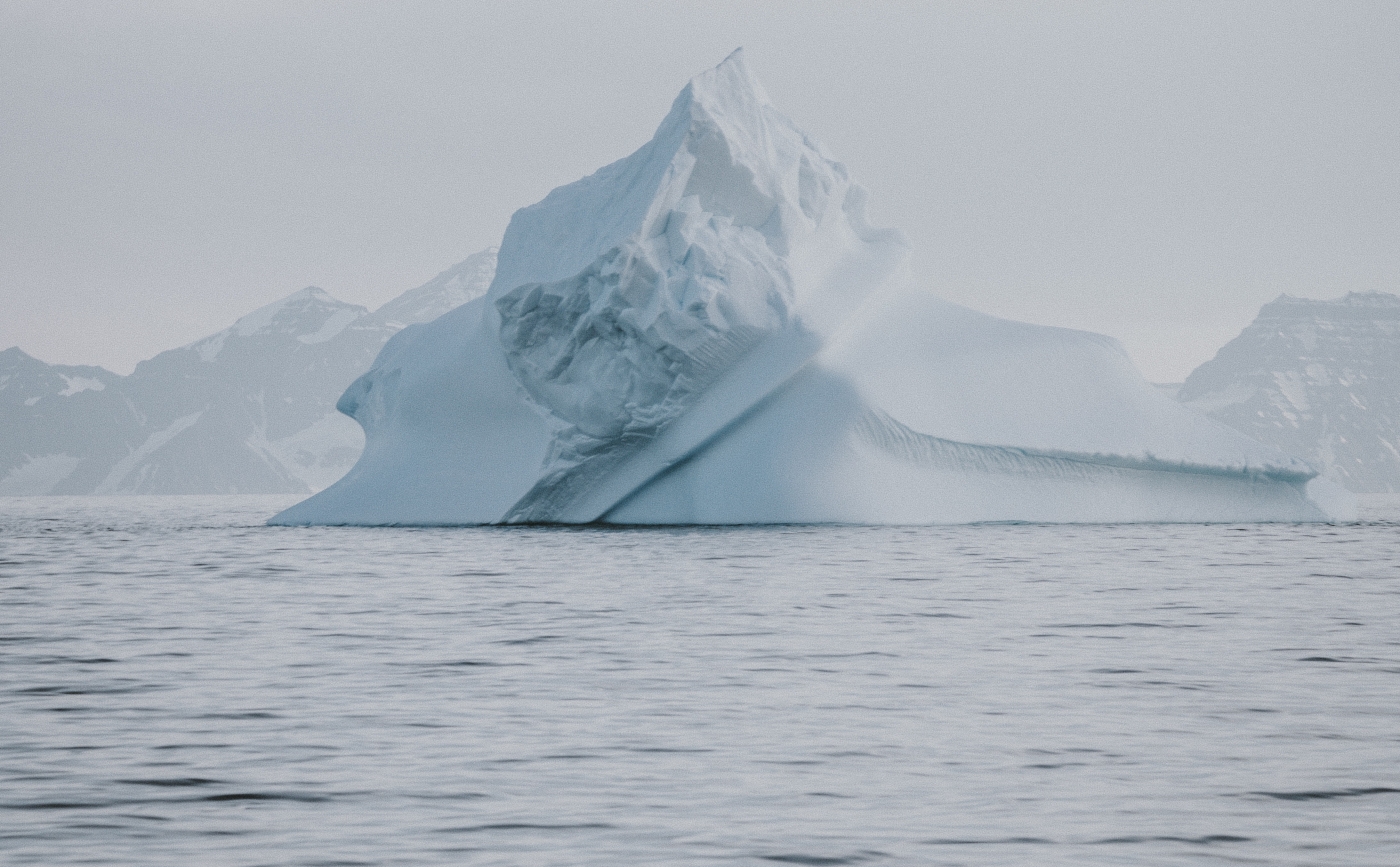
INDIA’S DRAFT ARCTIC POLICY
CONTEXT
- Recently, India drafted a new Arctic policy that aims at expanding scientific research, sustainable tourism and exploration of mineral oil and gas in the Arctic region.
NEW DRAFT ‘ARCTIC’ POLICY:
- India’s Arctic Policy Roadmap For Sustainable Engagement draft rides on five pillars:
- Science and research activities
- Economic and human development cooperation
- Transportation and connectivity
- Governance and international cooperation
- National capacity building
- Better understanding the scientific and climate-related linkages between the Arctic and the Indian monsoons.
- Harmonise polar research with the third pole (the Himalayas) and to advance the study and understanding of the Arctic within India.
- Exploration of opportunities for responsible exploration of natural resources and minerals
- Identifying opportunities for investment in Arctic infrastructure in areas such as offshore exploration/mining, ports, railways and airports.
- Developing fail-safe seed storage facilities in cryospheric regions
- Encouraging Indian participation in sustainable tourism in the Arctic.
- Sharing expertise in the management of indigenous and other communities with the Arctic states
- Cultural and educational exchanges between the indigenous communities of the glacial regions of the Himalayas and the Arctic.
BASICS
THE ARCTIC REGION:
- The Arctic region, or the Arctic, is a geographic region spreading around the North Pole.
- Location: The Arctic Circle (66° 33′ N) delimits the Arctic in terms of solar radiation. It consists of the Arctic Ocean, adjacent seas, and parts of Alaska, Northern Canada, Scandinavian countries, and Russia.
- Climate: The Arctic’s climate is characterized by cold winters and cool summers. The monthly average temperature in the Arctic is below 10 ° C throughout the year.
- Vegetation: Arctic vegetation is composed of plants such as dwarf shrubs, herbs, lichens, and mosses, which all grow relatively close to the ground, forming tundra. Trees rarely grow in the Arctic, but in its warmest parts, shrubs are common and can reach 2m in height.
- Human inhabitations: Only about 4 million people live in the Arctic worldwide. The economy mostly comprises of oil and gas extraction, fishing and tourism.
INDIA’S INVOLVEMENTS IN THE ARCTIC:
- Till date, India’s Arctic research objectives are centered on ecological and environmental aspects, with a focus on climate change. India, for one, opened Himadri, its only research station in the region in 2008.
- India is an observer state in the Arctic council since 2013.
WHY INDIA NEEDS ARCTIC
- Expand energy basket: Diversification of energy imports remains a crucial endeavor for India. The Arctic, with its untapped reserves and friendly neighbors, offers an opportunity in this regard.
- Address climate change: India’s environmental concerns are closely intertwined with the region’s climate change concerns in terms of Sea Level Rise. Also, a correlation between Arctic ice-melt and the Indian Monsoons has been established but the exact effect remains undiscovered. The effects of this would be detrimental, specifically on agriculture that remains critical to India’s economy and growing population.
- Potential investments: Arctic area is home to an estimated 13% of Earth’s reserves. The iron ore and petroleum deposits in the region offers new areas of investment for Indian mining and petroleum industries. PSUs such as GAIL and ONGC Videsh have already made investments in this regard.
- Export of manpower: Given the increasing discovery of resources and the opening of shipping routes, the need for infrastructural development is consequently increasing. This offers potential collaborations and involvement of skilled Indian labour in infrastructure development such as building ports and other economic activities.
- Geopolitical: The opening of the new sea routes and the scramble for resources makes for new geopolitics in the region. For eg: China has referred to itself as a ‘Near-Arctic state’ in its Arctic Policy and put forth the idea of a ‘Polar Silk Road’ as part of its larger Belt and Road Initiative (BRI).
- Strategic benefits: Strong cooperation with the Arctic countries provides an opportunity to expand India’s ‘Act East’ approach. For eg: Linking the coastal city of Chennai to Vladivostok with a maritime route essentially means Russia’s Far East would extend to India as well. This can also help India counter China’s Belt and Road initiative.
CHALLENGES FOR INDIA
- Question of global commons: Unlike Antarctica, the Arctic is not considered as ‘Global common’ by the littoral nations. This is a major hinderance for India to make the most of the region. However, to avoid a confrontation in this regard, India has not used the term global commons in the policy, but instead uses the term ‘common heritage’.
- Dichotomy between environment and development: Though the Arctic policy emphasizes on ecological and environmental aspects, it also talks of commercial exploitations and economic aspects. It needs to be seen which pillar India will prioritize.
- Geographical barrier: While countries such as China, Japan and South Korea may benefit considerably from connectivity and resources of the region, India is not strategically located to extract commercial advantages of the region.
- Chinese dominance: China has engaged in energy deals and investments and has taken concrete steps in formulating close ties with certain Arctic countries. China has referred to itself as a ‘Near-Arctic state’ in its Arctic Policy. Hence, the Chinese presence will make it difficult for India to make significant inroads in the region.
- Nascent research programmes: Several research stations in the Arctic are functional all-year-round but India’s research station, Himadri, is not operational in the winter. It is imperative that India improve upon and put in place a more robust Arctic research programme to deal with these future threats.
CONCLUSION
- The Arctic may be the northernmost part of the world, geographically far from India. In this regard, the Arctic policy could provide the necessary platform for India. It could open political space for New Delhi to work with like-minded countries to expand its footprint in the Arctic.
(Source – http://www.ilearncana.com)
